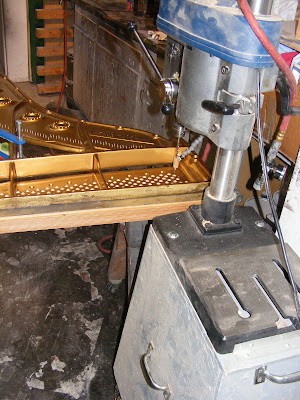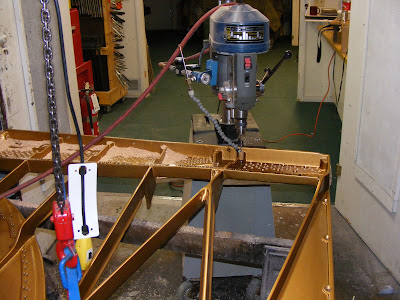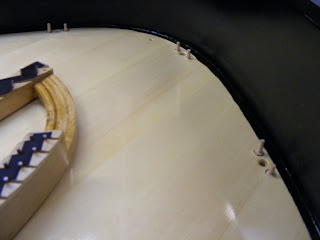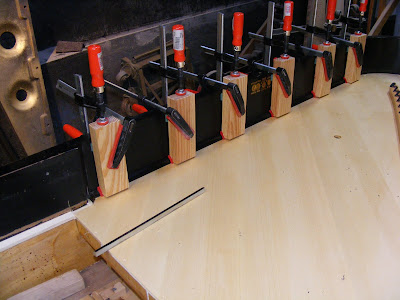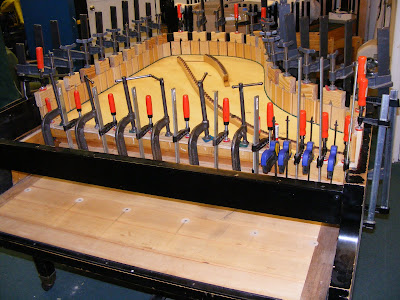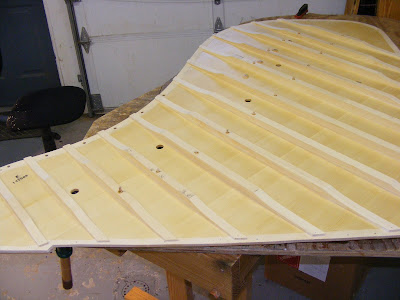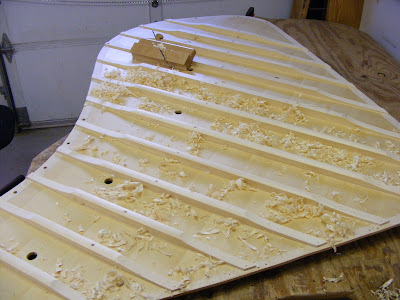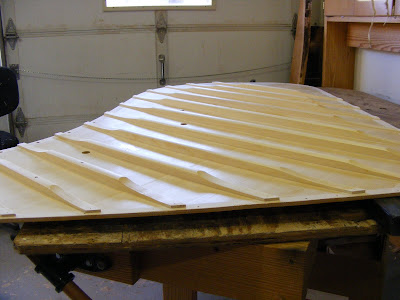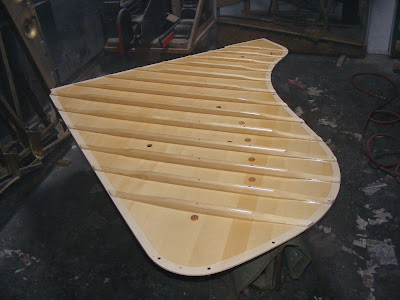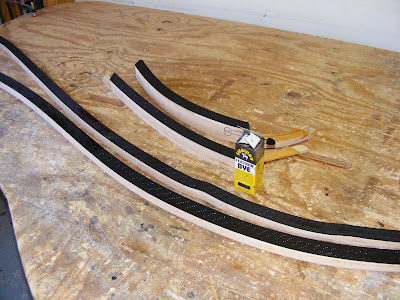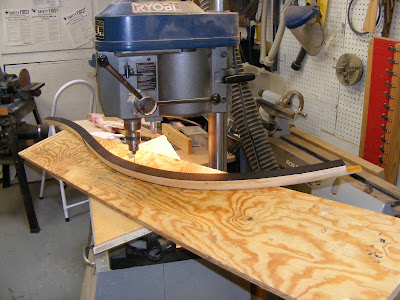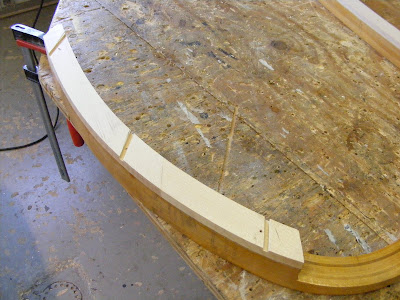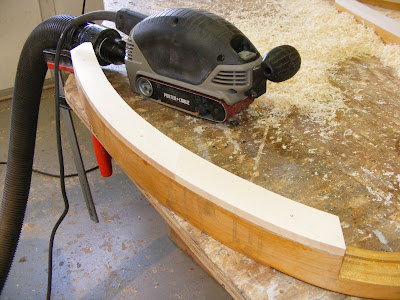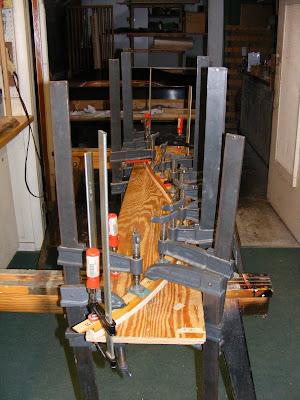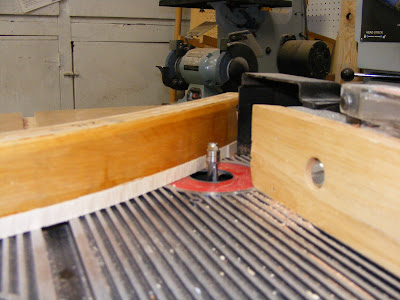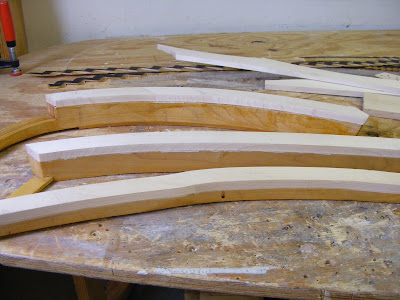

Damper work can be some of the most tedious work in piano rebuilding. Everything needs to be precisely positioned for proper operation. Ofter it is desirable to replace the damper back action as part of obtaining proper damper performance. On the Mason, the original back action was kind of an odd-ball design that I have never seen before. Because of the odd design, and the age of the instrument, it was decided to install a replacement.
In this case, the design and dimensions of the replacement were totally different than the original, so it required a bit of planning to make the replacement. You can see the differences in the photos.
